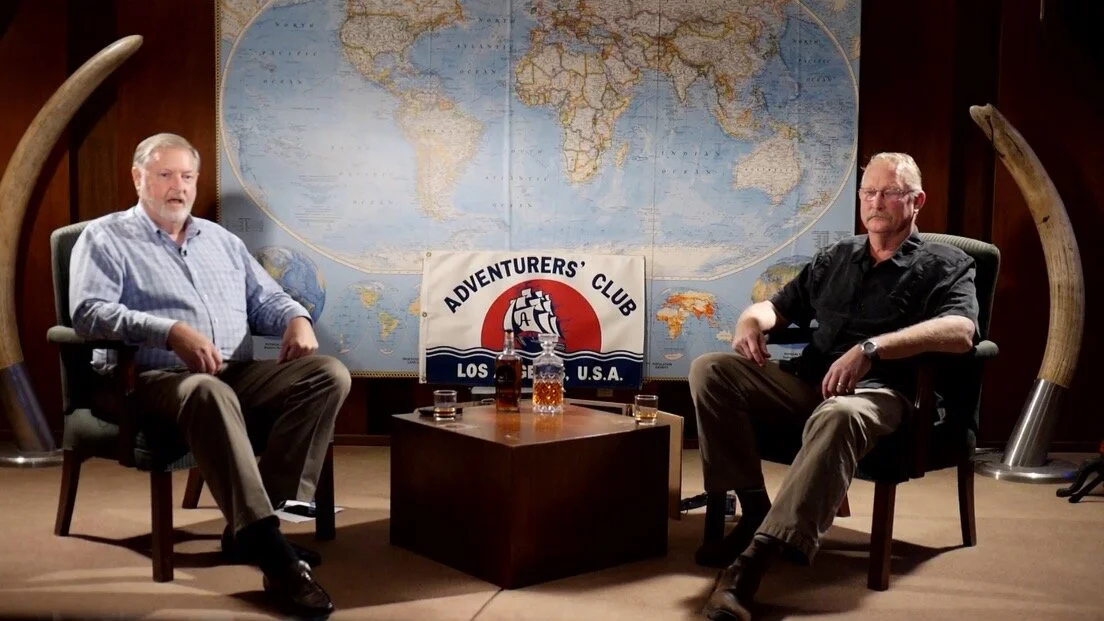From The Adventurers Club of Los Angeles:
Documentary filmmaker Todd Bruce and his film crew (his son JT the director) spent two months and over 5,000 miles exploring the length and breadth of the Baja peninsula to re-trace a centuries old route of two of the greatest naturalists to ever study the place. In 1905, Edward William Nelson and Edward Alphonso Goldman traveled 2,000 miles of horseback, mostly along the old El Camino Real, to complete the first comprehensive study of the flora and fauna of the entire peninsula. One hundred and ten years later, Todd and his director, JT, re-traced the footsteps of Nelson and Goldman, but with one 21st Century upgrade – they did it on motorcycles.
On a micro budget and taking an “unsupported” approach to exploring Baja’s deserts and its inhabitants, Todd had to figure out how to carry seven cameras, food, water, extra gas and equipment, and the rest of their survival gear for the duration of the trek. Finding and outfitting the right motorcycle platform was a challenge too.
Logistics were well coordinated while three different groups met Todd and JT at different locales on the peninsula to help film, explore, and bring needed supplies. In the end, several threatened species of animals were found and filmed, new locations were explored, and several of the locals were interviewed about their home.
Todd has nearly thirty-two years of logistical and administrative experience. Todd is a retired Fire Captain from Northern California where his duties included the command of large incidents (often up to hundreds of individuals and pieces of firefighting equipment), logistical support and administrative responsibilities ranging from day-to-day activities to major emergency incidents, and the direct supervision of dozens of individuals.
Todd received his Bachelor of Science degree from Humboldt State University in Forest Science. He has been exploring and adventuring Baja since his first trip in 1991. Todd is a published author (Nine Passes: Fly Fishing Through the Past and Present of the High Sierra, 2015) and experienced outdoorsman. Making the transition from fighting fires to being responsible for the operational needs of producing a documentary film has been a natural fit.
















